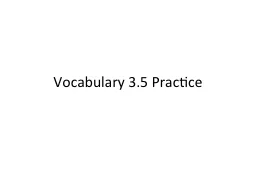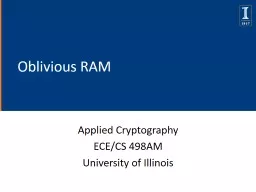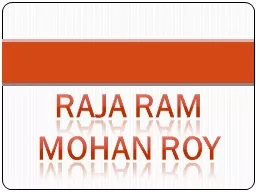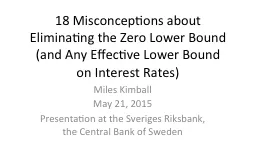PPT-Is there an Oblivious RAM Lower Bound for Online Reads?
Author : frogspyder | Published Date : 2020-06-23
Mor Weiss Northeastern IDC Herzliya Daniel Wichs Northeastern Oblivious RAM Goldreich 87 Ostrovsky 90 GO 96 Read and write to memory hide which locations are
Presentation Embed Code
Download Presentation
Download Presentation The PPT/PDF document "Is there an Oblivious RAM Lower Bound fo..." is the property of its rightful owner. Permission is granted to download and print the materials on this website for personal, non-commercial use only, and to display it on your personal computer provided you do not modify the materials and that you retain all copyright notices contained in the materials. By downloading content from our website, you accept the terms of this agreement.
Is there an Oblivious RAM Lower Bound for Online Reads?: Transcript
Download Rules Of Document
"Is there an Oblivious RAM Lower Bound for Online Reads?"The content belongs to its owner. You may download and print it for personal use, without modification, and keep all copyright notices. By downloading, you agree to these terms.
Related Documents














